Sofía Hernández Chong Cuy and the Kunstinstituut Melly (an interview)
Following the Name Change Initiative launched by Sofía Hernández Chong Cuy, Kunstinstituut Melly embarks on a new trajectory
Kunstinstituut Melly was founded in 1990 as Witte De With Center for Contemporary Art. The Rotterdam venue soon became a vital reference point for international artists and exhibition-goers. Publications, research and educational events complement a sharp exhibition program, which has featured artists such as Ken Lum (1990), Hélio Oiticica (1992), Yto Barrada (2004), Saâdane Afif (2008), Kasper Bosmans (2016), Goshka Macuga & Ahmet Öğüt (2017) and Cecilia Vicuña (2019), among many others. Starting with Chris Dercon in 1990-1996, the institution operates with a system of rotating directorship. Different cycles have taken shape over the years, informed by each director’s approach and interests, but always translating a clear concern with changing political and artistic panoramas. For instance, when Catherine David joined the institution in the early 2000’s, she brought along her longstanding research on “Contemporary Arab Representations”; and Defne Ayas later focused her artistic program on questions of crisis and co-creation.
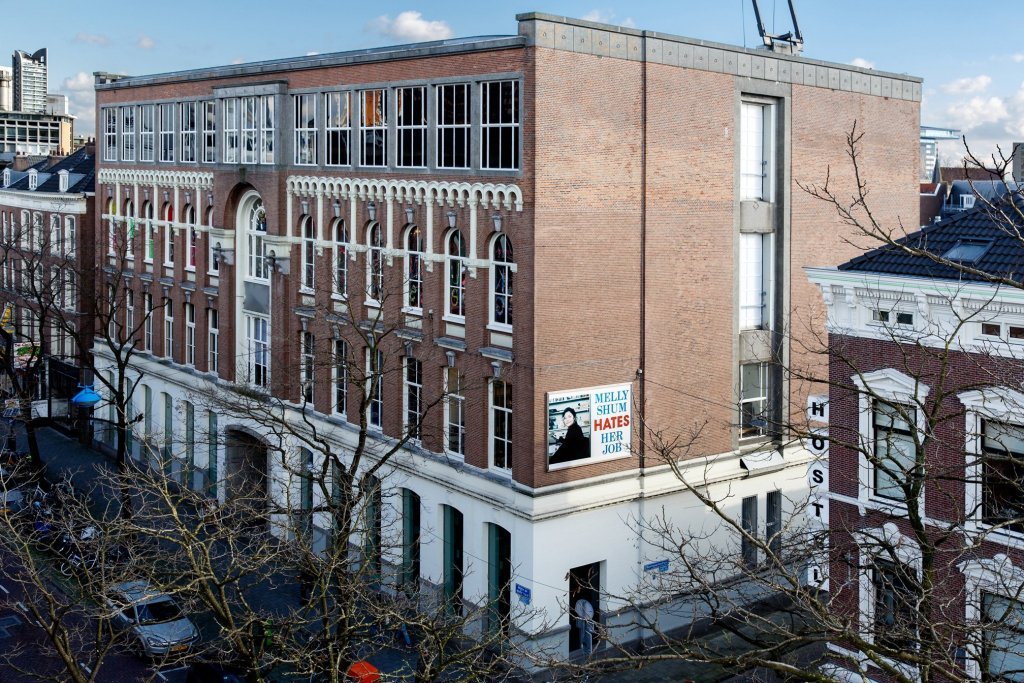
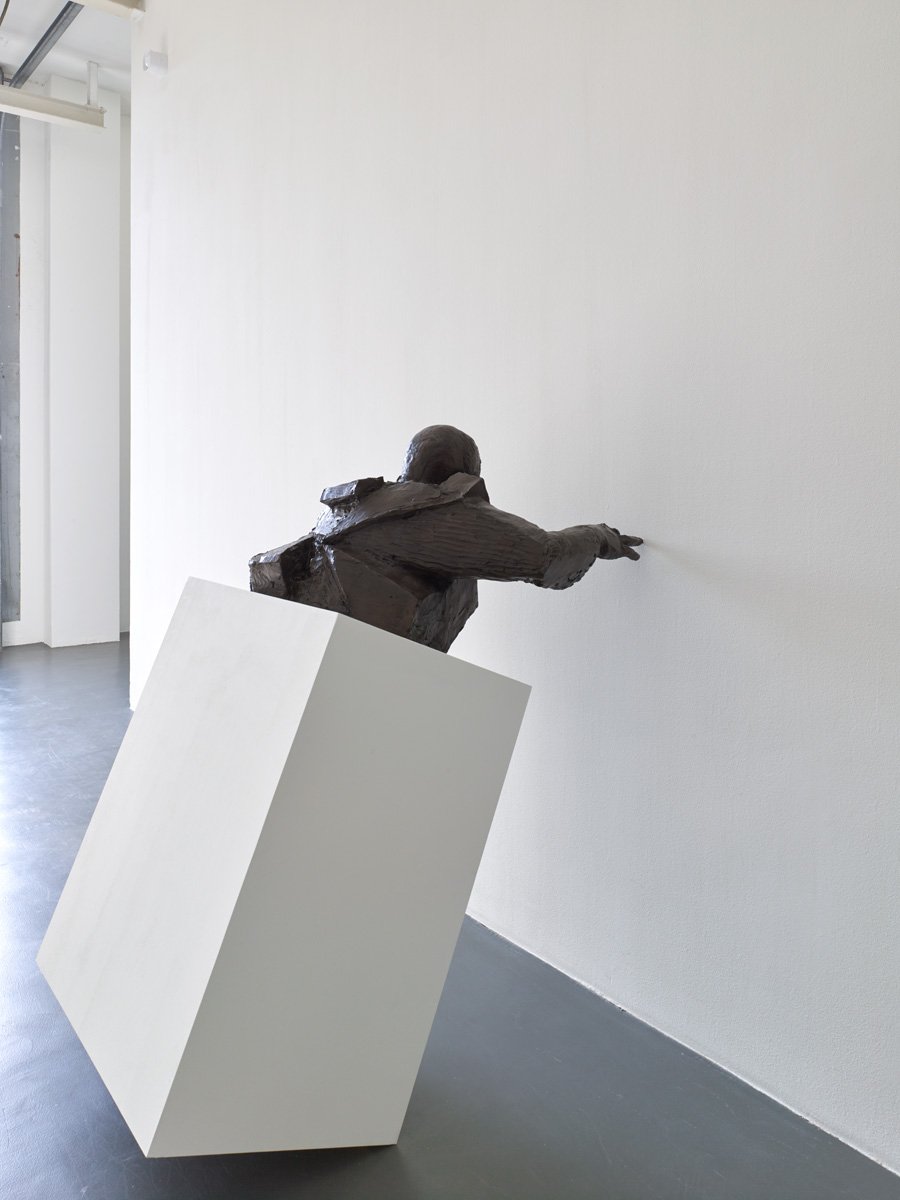
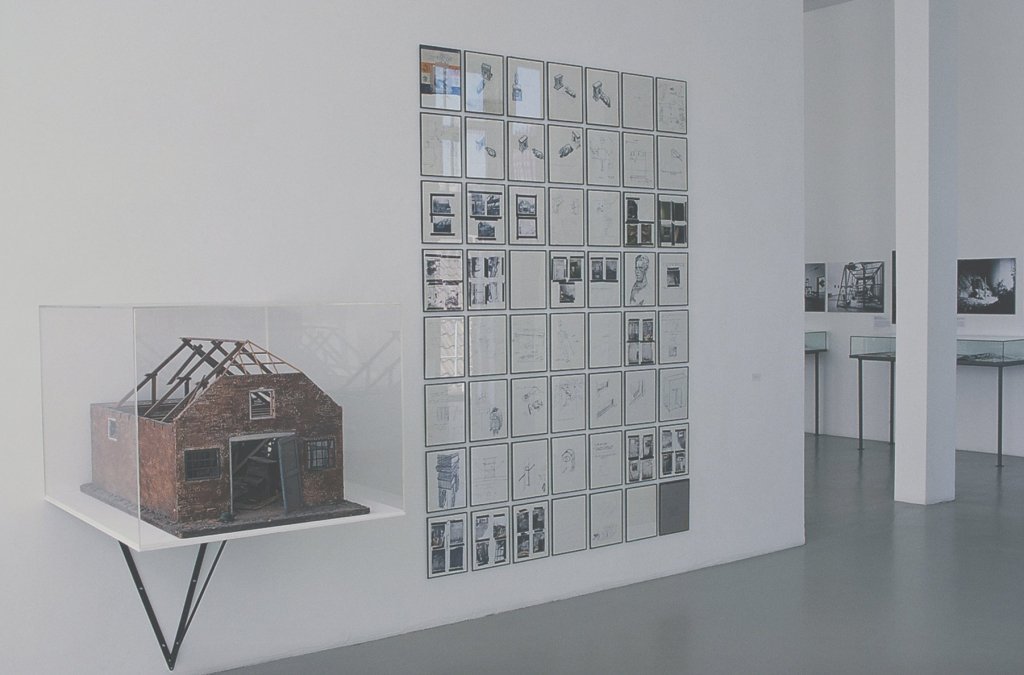
The main feat of the current director Sofía Hernández Chong Cuy has been the three-years-long participative endeavour, which she initiated as a way of tackling the colonial heritage epitomized by the institution’s former namesake. Corneliszoon de With was a seventeenth-century naval officer who played an instrumental part in The Netherlands’ expansionist politics. Sofía Hernández Chong Cuy shares her insight into the projects, ideas and objectives that have been guiding the Name Change Initiative and that continue shaping the programs at Kunstinstituut Melly.
[For more on Rotterdam institutions and museum strategies, here is our interview with Sjarel Ex. Ed.]
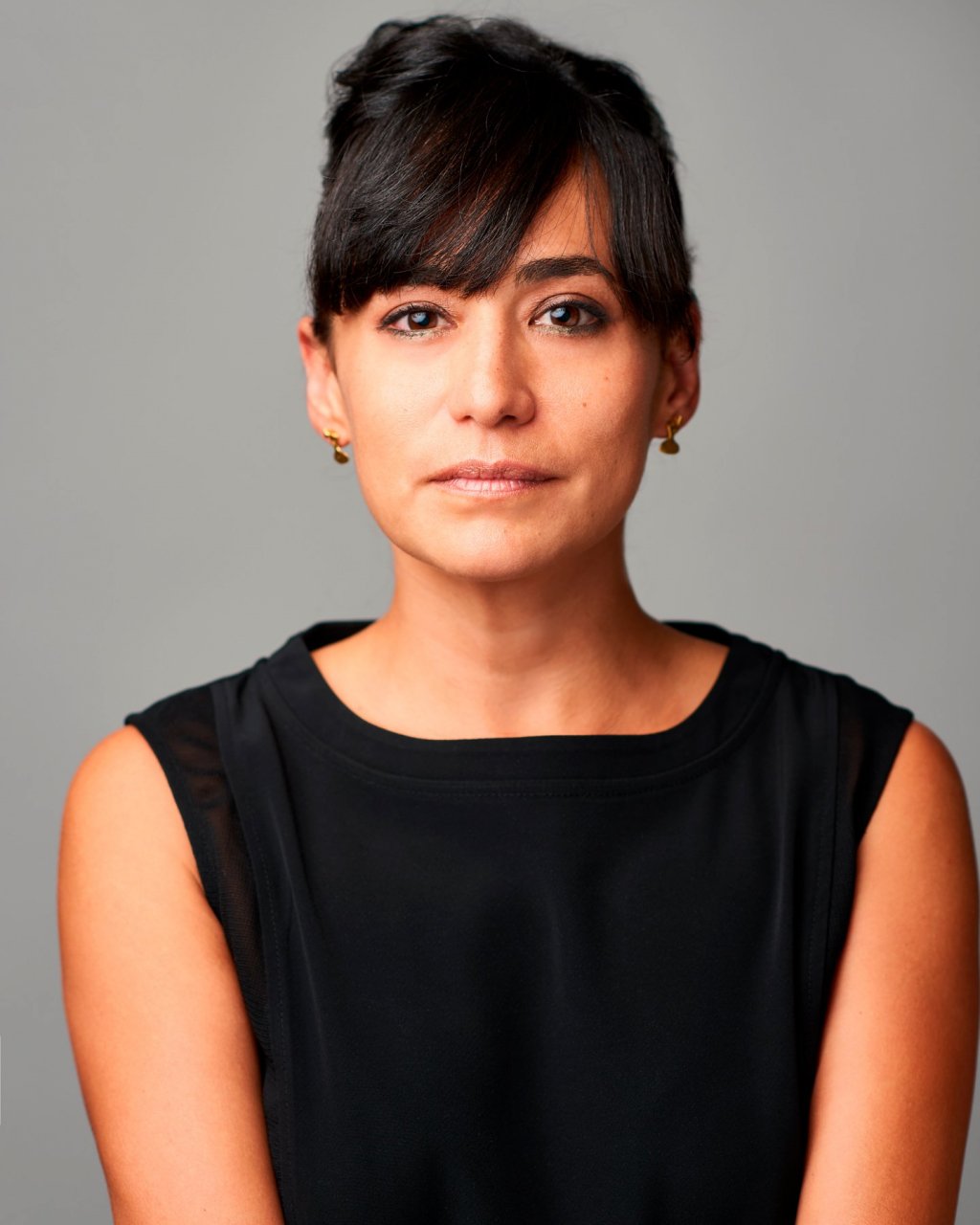
Since the name Kunstinstituut Melly was launched in January 2021, it seems inevitable to start from the Name Change Initiative, which was in itself an important part of your programming activities over the past three years. The name change was motivated by an open letter addressed to the institution, and gave way to a process of public consultancy and participative decision-making. To what extent do you intend this governance model and this shift toward a more porous institution to shape Kunstinstituut Melly in the future?
Sofía Hernández Chong Cuy: Some of the models that we’re applying to this process of collective learning existed before but they’re just articulated differently; and we have been shaping other models in the last couple of years, which are new and experimental. There was a significant difference when I created a position called Curator of Collective Learning that was appointed to my colleague Jessy Kooieman only a couple of months after I started. This was something new, something different, something experimental. It has always been a key decision for the incoming directors to bring in a curatorial team that will help them shape and develop the exhibitions and programs. This position is not that of a traditional curator – an exhibition-maker or someone with a background in art history – nor was she someone who would even have a background in arts pedagogy. Jessy had just graduated from a program at the Willem De Kooning Academy called Lifestyle and Design, which deals with the way in which we style our lives.
I felt it was very important to bring in someone who was neither an educator neither an art historian, but someone who was interested in setting up a new environment in which exchange could happen. So when she was appointed, her responsibility was to develop a new education program called Work Learn Program (WLP), which is part of the umbrella of collective learning. The WLP brings together a group of young emerging professionals from Rotterdam who are hired at a basic wage and also study here together with external tutors and staff members. The idea was that through this study program, they would be able to produce a project, or an outcome, but also to make informed decisions and gain institutional experience. The first three editions of this program have contributed to the renaming process, to our policy document and to designing the visual identity of Kunstinstituut Melly.
In my tenure I have explored a number of interests that I’ve had for some time which have to do with working with artists from the Global South and especially from Latin America. One of the regions that I think needs to be addressed more closely in Europe is the relation with the Caribbean, and this has to do with the fact that the Caribbean has been colonised or is a commonwealth of a number of countries here in Europe but that we know little of or relate little to. So, for me, selecting that region was a way to think about a very important subject which is transnationalism, and to really think about it through the Black Atlantic, in the way Paul Gilroy has spoken of it. But we’re not there, and it’s not as if myself or my curator Rosa de Graaf, have been living there to really understand the subtleties. So I asked Jessy to go there a couple of years back to do visits and such.
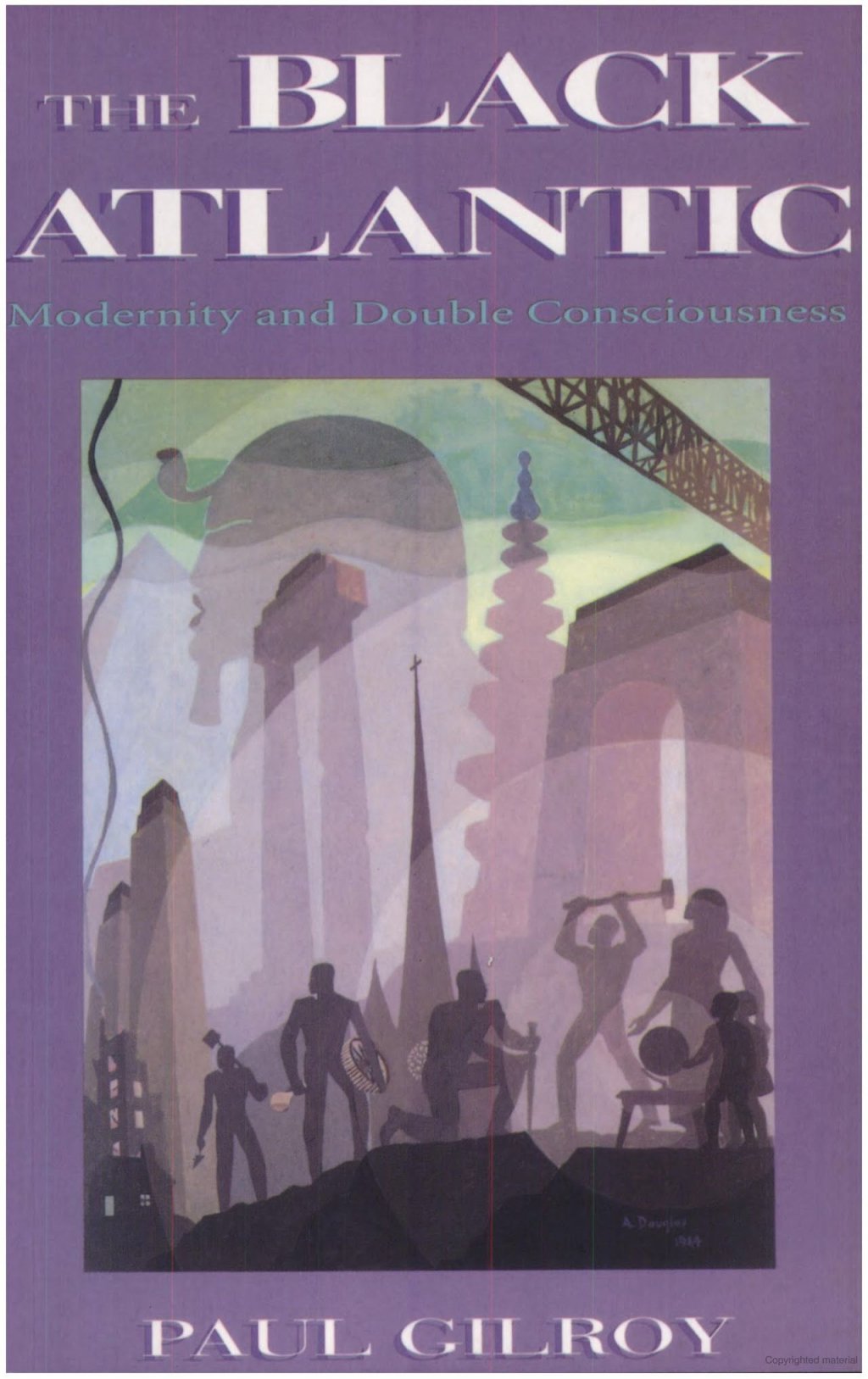
I wanted to partner with people there who are knowledgeable, and to jointly identify artists based on their experience and our discussions. These conversations generate better selection criteria and create better frameworks to introduce artists from one region to another, and also to introduce a set of concerns, symbols and signs that might not necessarily be easily read here because we just don’t share the same references. So we’ve just begun a long-term collaboration with two major figures there: Annalee Davis and Holly Bynoe, who both have a very strong practice in the Caribbean as artists, curators and organisers, and who have now created their own curatorial agency called Sour Grass. The outcome of these conversations will be one solo exhibition a year and several public programs. We are now in strong and beautiful conversations to select the artists for next year – the artist for this year is Jasmine Thomas-Girvan, who is based in Trinidad and Tobago.
So this is another form of collective learning, of creating new sensibilities and understandings instead of saying ‘here’s a group show about what’s being done there’ and move onto something else. Our partnership with Sour Grass is for three years, at least for now, as to learn in-depth and foster relevant networks. See, in Rotterdam, the majority of the population has either one or two parents of foreign descent and a large percentage is from the Dutch Antilles. If we want to invite and engage a new audience, it’s not just going to happen through public programming or initiatives like the Work Learn Program. It also has to develop through a long-term engagement to learning about cultures in the Caribbean, and with and about artists that are working there and who may or may not – generally it’s not – be part of the market. It’s a slow but steady process, and in time it will be sensibly transformative, too. When things are presented in a rush, they’re very easily categorised. I want us to avoid this.
84 STEPS, a new exhibition that will be activated in the course of one year, is presented as a continuation of the ground floor multi-functional space MELLY. Could you describe how 84 STEPS intends to become a ‘dynamic space for socializing art’ and its relation to what happens in between – in the other gallery spaces?
Sofía Hernández Chong Cuy: The programming organised in our ground-floor gallery space, which in 2019 the WLP participants named MELLY, really increased our audience. But we realised that new audiences weren’t aware that we also had dynamic exhibition program upstairs, just 84 steps away! We saw that what they want is socialising: they want to learn about what they’re looking at and then discuss. So for 84 STEPS we invited artists to do installations and we use that space to do programming, like a kind of community centre.

What we’re planning for the next editions of the Work Learn program really advances on our collective reflection on how others can help us shape our programs and our policy. One interest shared by Jessy and most participants, is not just shaping policy or giving a name or a design to the institution – these are all institutional aspects that are very important – but also having a space in which the exhibitions curatorially take place, which is the galleries. So, within curatorial frameworks designed by Jessy and the team (the body and performance as sites of non-verbal communication; family, oral history and intergenerational conversations; and environment as ecosystem), we will soon devote the second floor to the presentation of whatever is created by the participants of these programs. We’re also renaming that program as CLIP (Collective Learning In Practice), a fun way to mark a new stage.
Do these programs have an impact on the way you approach exhibition-making?
Sofía Hernández Chong Cuy: Well, I’m primarily an exhibition-maker, and as such I do a lot of research, and the criteria for what and who we exhibit is something that I take very seriously so that it is inclusive but also a contribution to the art field – that’s what our institution has always done. So for me the question behind an exhibition is: what does it mean for this to be presented now?
The three prior experiences of the Work Learn program allow us to now move further, into the exhibition space but also into other forms of relating. Letting go is really part of that process, letting go not only of the spaces that you occupy but more importantly of certain ideas or standards that you thought were the most relevant, or that you didn’t even think about and that you just abided to. We work in the cultural sector, and in my case in this institution, which was made to experiment and that has the capacity to influence visitors, the public and hopefully politicians, of other ways of letting go, of welcoming in, of sharing. This is my thinking and for me it’s very important to keep reminding ourselves that these institutions are precisely made to experiment how culture can be made and not only to present how it has been made. It’s also important not to be presumptuous in thinking that I’m going to change the world, but rather to recognise that I have no agency there, but I do here and if I do a strong or interesting new contribution within this field, it will have an impact on the others.
You have previously directed a collection of contemporary art focusing on the promotion of Latin American art in the USA and internationally (the Colección Patricia Phelps de Cisneros). Could you tell us about this transition to Kunstinstituut Melly, and how that experience feeds into your current practice?
Sofía Hernández Chong Cuy: I worked for seven years in the Foundation. It really operates like a museum without walls. We don’t have a museum space and the idea was that the funding would serve to support existing infrastructures. For me that was important in terms of understanding how there are realities which are there and already contributing to society that you have to collaborate with rather than just building you own empire so to say. So my role there was very much centered around research, acquisitions and eventually donations. I created educational programs around transnational subject matters – and by that I mean ideas that were being discussed and of relevance across the continent; and the acquisitions that I was able to do were of artists that wouldn’t necessarily have been viewed because they were not in the so-called art market circuit of galleries, fairs and so on, so if you didn’t go there and identify their relevance in their country you wouldn’t get to know them.
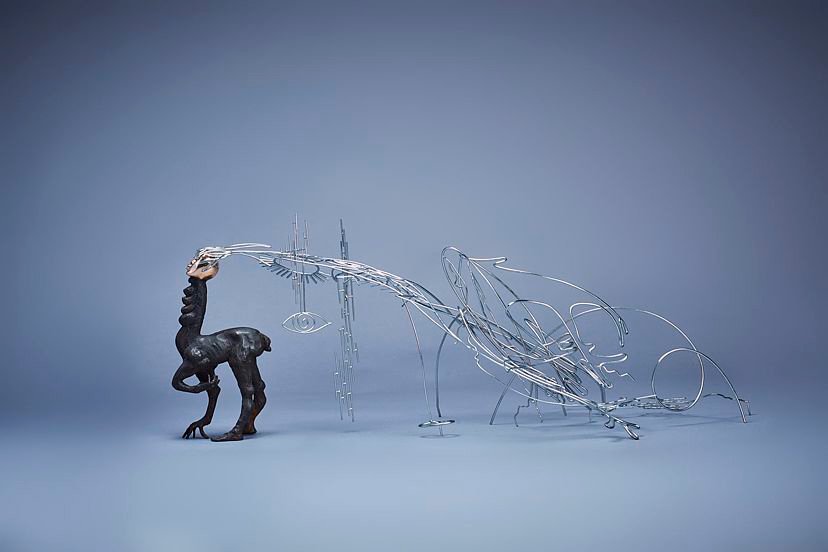
My shift to this institution was precisely because we had studied it in school in the Nineties, which is the period when this institution was founded and started doing ground-breaking exhibitions. It used to be a school and I take it very seriously, that it’s still a school! So it was a challenge for me to come here, it meant that I had to force myself to work to that legacy. Of course things were a little bit different with the name change and all… But I really missed doing exhibitions. And it’s a finite period as well, that’s part of the history of our institution and I think it’s great that it rotates every 3 to 6 years. A major problem in this and many other countries, is that since people don’t move from their positions, and budgets aren’t getting bigger, it’s difficult for other people to begin gaining experience and to create an institutional trajectory, so how can you change an institution systemically if you’re not considering the fact that labour systems also need to accommodate for new realities? Everyone attacks the institutions for not changing themselves, but the second question should be: in what way can the labour market accommodate for younger generations, for people from other classes and races who have an interest and investment in the arts to also gain institutional experience?
The Covid-19 outburst in 2020 halted many activities and has put the spotlight on different forms of precarity and social inequities. How did you react, as an institution, to this crisis and its impact on the cultural sector?
Sofía Hernández Chong Cuy: We’ve done many different things at different times. One important thing is that we did not cancel our commitments with artists: we postponed for months but didn’t postpone payments. The second thing, which happened earlier last year, concerns the freelancers (gallery attendants and security staff, most of whom are artists) who were scheduled but couldn’t work because of the lockdown. So we committed to pay all our freelance workers. That made me aware that a number of other artists would be in the same situation, so we developed a program called Communities for which we commissioned Instagram posts.
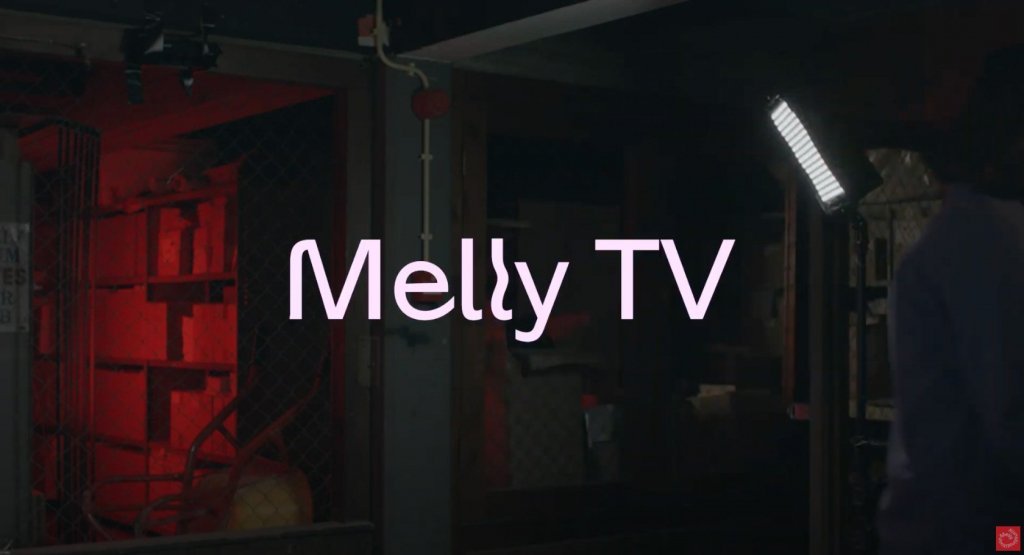
The impact of course was that we had to create content because our exhibitions were closed. It’s not exactly easy to do the exhibitions we do, you know, we take a year or more to develop them, but now who’s going to see them? So we began to develop a series of online activities like downloadable PDF’s designed pedagogically to do fun activities. The online activities have been a way to engage people in the subject matter of the exhibitions through many different types of content. So it’s not just about financial aspects but more about maintaining a connection with our audiences – longstanding and newer audiences – that it took us so long to build. Covid has had a big impact, and I have to say that the biggest impact is the emotional stress and labour associated to that. Everything is very precarious, and so many of us got Covid!
You have stated a clear intention to adopt a practice of listening within an institutional framework, do you see a tendency toward such structural change in other Dutch and European institutions? There are manifold initiatives that engage with a decolonial discourse, but in your view, when can we say that decoloniality ceases to be a topic and becomes a practice?
Sofía Hernández Chong Cuy: I do think that institutions are changing. In the Netherlands there are different initiatives, like Verhalenhuis Belvédère, the Hip Hop House, Van Abbe Museum, Amsterdam Museum, Framer Framed, etc. They’ve been very politically engaged, and in terms of structure, they’re working on different levels so it’s not just programmatic, or just hiring one person but actually looking at how they read curatorially, how their board is changing, etc. In terms of inclusivity and accessibility the programme at the Van Abbe Museum is actually quite interesting, so is the decision of the Amsterdam Museum to stop using the term Golden Age to refer to the 17th Century in Dutch/Western history. I mean of course there is a lot of blabla everywhere, but you have to begin somewhere! I just think that you also put yourself up to certain expectations, but whether they’re possible to accomplish is something else. In our case, our roadmap has been one that gradually introduces a certain awareness. We also do a lot of trainings in the staff, that’s essential as well. You have to create sensibilities and awareness for change to happen, so let’s see how it goes in the coming years.
June 24, 2021
